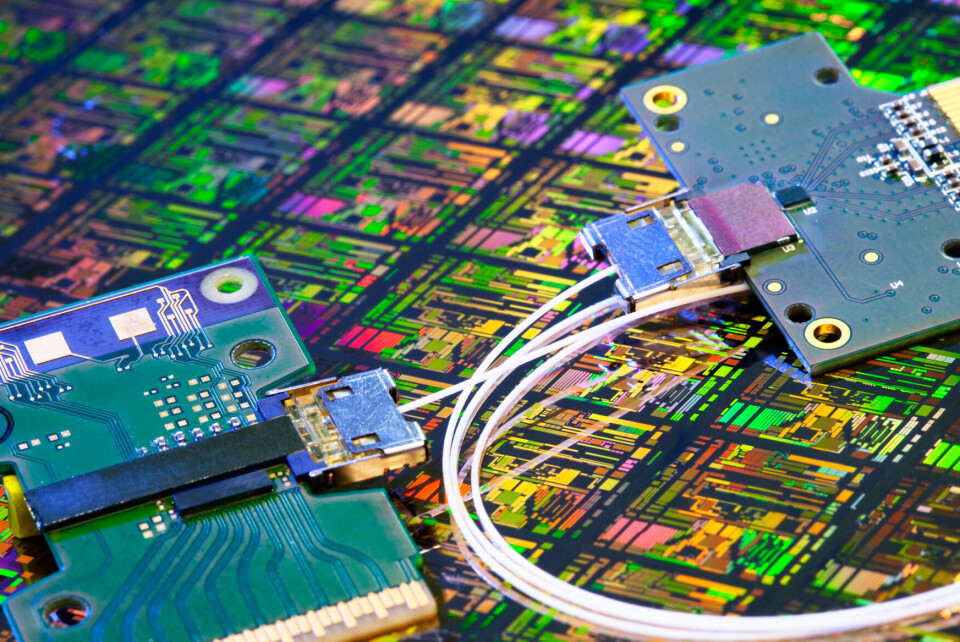
Death to copper cables: Intel turns to light for fast data transfers
IDG NEWS SERVICE: Death to copper cables: Intel turns to light for fast data transfers
Intel believes the days of using copper wires for data transfers, both between computers and inside of them, are numbered because optical communications are on the horizon.
The chipmaker has started shipping silicon photonics modules, which use light and lasers to speed up data transfers between computers.
The silicon photonics components will initially allow for optical communications between servers and data centers, stretching over long distances, said Diane Bryant, executive vice president and general manager of Intel's Data Center Group.
Over time, Intel will put optical communications at the chip level, Bryant said during a keynote at Intel Developer Forum on Wednesday. That means light will drive communications inside computers.
PCs and servers today use older electrical wiring for data transfers. But the data transfer speeds via those cables had reached a brick wall, and fiber optics provide a way to shuffle data at faster speeds, Bryant said.
In addition to an ability to stretch across kilometers, the fiber optic cables will take up less space than older cables, Jason Waxman, corporate vice president and general manager of Intel's Data Center Solutions Group, said in an interview.
Fiber optic cables are a better option than denser copper cabling in data centers, Waxman said. Depending on the workload and implementation of servers, fiber optics can also be cheaper than copper cabling.
The first silicon photonics modules will allow for data transfers at up to 100Gbps (bits per second). The technology will be based on the widely used Ethernet protocol, but servers will require special switches to support silicon photonics. Ultimately, silicon photonics could support other data transfer and networking protocols.
The silicon photonics transceivers and other components will be widely available later in the year, though many implementations could take place early next year, Waxman said.
Intel has shipped silicon photonics modules after multiple-year delays. Intel has developed the technology over 16 years, but initial shipments were delayed after components failed to meet quality standards.
Intel has released a connector called MXC for silicon photonics connections between servers. The chipmaker has also created a protocol called O-PCI (Optical PCI) for PCI-Express communications over optical cables.
Intel has big plans for redesigning data centers around silicon photonics. The blazing throughput of optical communications will allow for the decoupling of major system components, including CPU, storage, memory, into separate boxes.
Cramming storage, memory, and processing units into discrete blocks could reduce the size of server installations and overall power consumption. Separated boxes could be beneficial for in-memory database and ERP (enterprise resource planning) applications, which require large memory resources.
Intel has tried using optical connectors for Thunderbolt, but the idea hasn't taken off yet partly because the cables are expensive. Unlike copper cables, optical cables don't carry power, which means Thunderbolt peripherals would need to be attached to AC power.






















